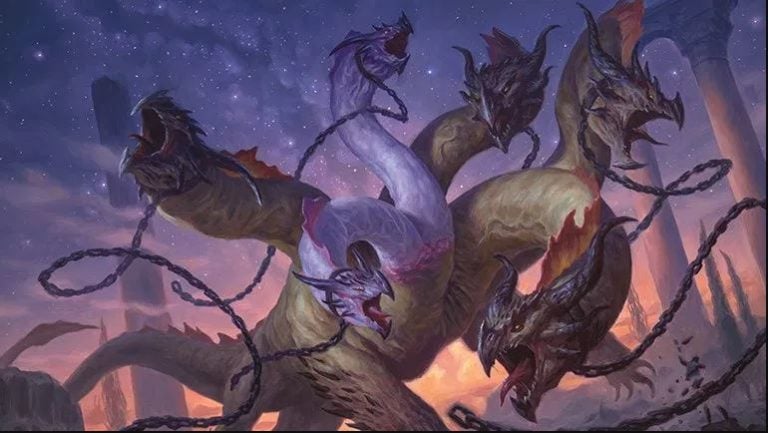Tasha’s Cauldron of Everything Rogue Guide | New 5E Rogue Options
Tasha’s Cauldron of Everything is a book all about opportunities and different build paths. It focuses on the builds that don’t quite satisfy the players who want variety. The Rogue is no different. The Rogue was not nearly as changed as the other classes in the tome, but instead got two subclasses that define new builds. However, the lack of optional class features is disheartening. At least, until you read our Tasha’s Cauldron of Everything Rogue guide and find out how good it is!
Table of Contents
Tasha’s Cauldron of Everything Rogue Guide
The Rogue got precious little in the guide, but they got quality. Compared to other classes, Rogue got an average amount of subclasses and a pitiful number of optionals. That’s fine, but we were hoping for a bit more from our sneaky fella.

Optional Rogue Class Features
The only optional rogue class feature is Steady Aim. Talk to your DM about whether your Rogue really needs it, or if you should just have a standard build.
Steady Aim
At 3rd level, you can spend a bonus action to get advantage. You can’t move in the same round that you use this feature. This is best on a ranged rogue build, and that’s great, because it lets you hit anything with Sneak Attack. Melee rogues can still use this, just not on the turn that they approach a target, or need to change targets. Fight hard for this if you’re a ranged Rogue and the DM is allowing Tasha’s content.
New Subclasses
Our two roguish archetypes are the Phantom and the Soulknife; two incredibly different archetypes, with two very different themes. You can also check out the other new archetypes with our Tasha’s Cauldron of Everything New Subclasses Guide.
Phantom
Phantoms are connected to death, in some close way that nobody else can claim (other than maybe Death Clerics). These phantoms nudge fate, and your utility. This archetype has additional and versatile proficiencies, an Augury effect (which allows you to ask questions to a Spirit), additional mobility with the capability to ignore walls, and even some area of effect damage. This is a heavily resource-dependant class that uses Trinkets to advance through the midgame, and deals half Sneak Attack damage to those watching a stabbing happen. It’s incredibly cool, but will likely run out of steam quickly in the early game due to the resource limitations. At least it fills the role of making a Rogue better at roguing, and in a very cool way!
Soulknife
Tasha’s adores psionic abilities, and the Rogue wasn’t able to escape! As a Soulknife, you gain Psionic dice, and can spend them on powers. The powers are utility-based early on, but eventually gain the ability to give you rerolls on missed attacks and allow you to become invisible, or stun a target. You also can create a psychic blade, which you can swing as both an Attack and a bonus action (provided you attacked with the Soulknife beforehand). This deals psychic damage rather than normal damage. The archetype has light reliance on the Psychic Blade feature, but not so much that you have to ignore conventional weapons if you find a strong one. The inability to actually enchant the psychic blade is a bummer, however.
Wrapping Up Our Tasha’s Cauldron of Everything Rogue Guide
The Rogue didn’t get much, though ranged rogues should absolutely be happy. Steady Aim is perfect for them! Phantom and Soulknife are both cool, but I don’t imagine them becoming meta-defining; rather just new options for extremely interesting characters (if a bit edgy!). Tasha’s Guide came through pretty well for Rogues, all things considered. Feel free to pick it up to see all of the details so you can make your perfect character!






